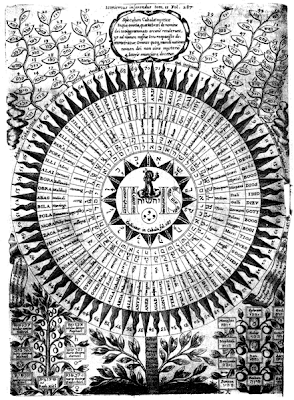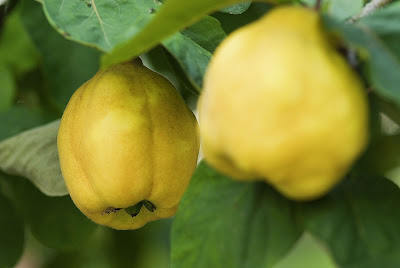Edward
Ferrero (1859): Illustrating the three-count
curtsy. From The Art Of Dancing, New York, 1859.
“Updating the Order of Precedence has been a simple matter of
following the precedent set when the Prince of Wales married Camilla Parker
Bowles,” a courtier tells me.
A document is said to have been circulated privately in the Royal
Household, clarifying Kate’s status. When the Order was last updated, after
Prince Charles’s second marriage, in 2005, the Countess of Wessex was reported
to be upset that she now had to curtsy to Camilla. “She didn’t like it one
bit,” a senior courtier was quoted as saying.
The Earl of Wessex’s wife had previously been the second-highest
ranking woman in the Royal family because neither of the Queen’s other sons,
Charles and Prince Andrew, were married.
Truly penny dreadful
The Order of Precedence affects other aspects of royal protocol,
such as who arrives first at an event. For example, Camilla was forced to wait
in the drizzle outside the Guards Chapel, Windsor, for the arrival of Princess
Anne at a memorial service in 2006, because Charles had not accompanied her. A
Buckingham Palace spokesman declines to comment.
However, after Charles remarried, the Queen changed the Order of
Precedence “on blood principles” so that neither Princess Anne nor Princess
Alexandra, the granddaughter of George V, would have to curtsy to Camilla when
her husband was not present.
Although the etiquette may seem arcane, it is taken very
seriously by the Royal family, whose members bow and curtsy to each other in
public and in private. A vivid illustration came after the Trooping the Colour
ceremony last weekend, when Kate could be seen curtsying to Prince Philip on
the balcony of Buckingham Palace.
Thomas
Hillgrove (1863): Illustrating the
four-count curtsy. From A Complete Practical Guide To The Art Of Dancing, New York, 1863.
The Order of Precedence affects other aspects of royal protocol,
such as who arrives first at an event. For example, Camilla was forced to wait
in the drizzle outside the Guards Chapel, Windsor, for the arrival of Princess
Anne at a memorial service in 2006, because Charles had not accompanied her. A
Buckingham Palace spokesman declines to comment.
[1] For those who do not regularly read The Telegraph, “Mandrake”
is a news/gossip column edited by Tim Walker.
NOTE: It must be the heat and the phone calls not being returned prompting this murderous mood
and desire to confront discourteously this story about
royal curtsies (to whom one must curtsy; when; why) and the updated Royal Household Order of Precedence.
A curtsey (also spelled curtsy or courtesy), as most people
learn in childhood, is a traditional gesture of greeting, in which a girl or woman
bends her knees while bowing her head. It is the female equivalent of male bowing in
Western cultures. Miss Manners characterizes its knee bend as deriving from a "traditional gesture of an inferior to a superior." The word
"curtsy" is a phonological change from
"courtesy" known in linguistics
as syncope.
With Europe failing,
China slowing, Americans at daggers with their countrymen, and Hugo Chavez in as
incurably a bad mood as I am (only Vladimir Putin
seems to be enjoying himself lately), the revised “according to Hoyle”
of curtsies (“in public and
in private”) seems extraordinarily stupid today.
I remind myself, then, that Queen Elizabeth II is probably the only person alive who knows who killed JFK and the
secrets of Roswell, so I forgive her a lot and I would like to think that this may be her idea of humor. But sometimes I
wonder whether THIS
might also be.
A lovely
young girl curtsying and presenting flowers to Queen Elizabeth II during her 1954 visit to Brisbane,
Australia.






























